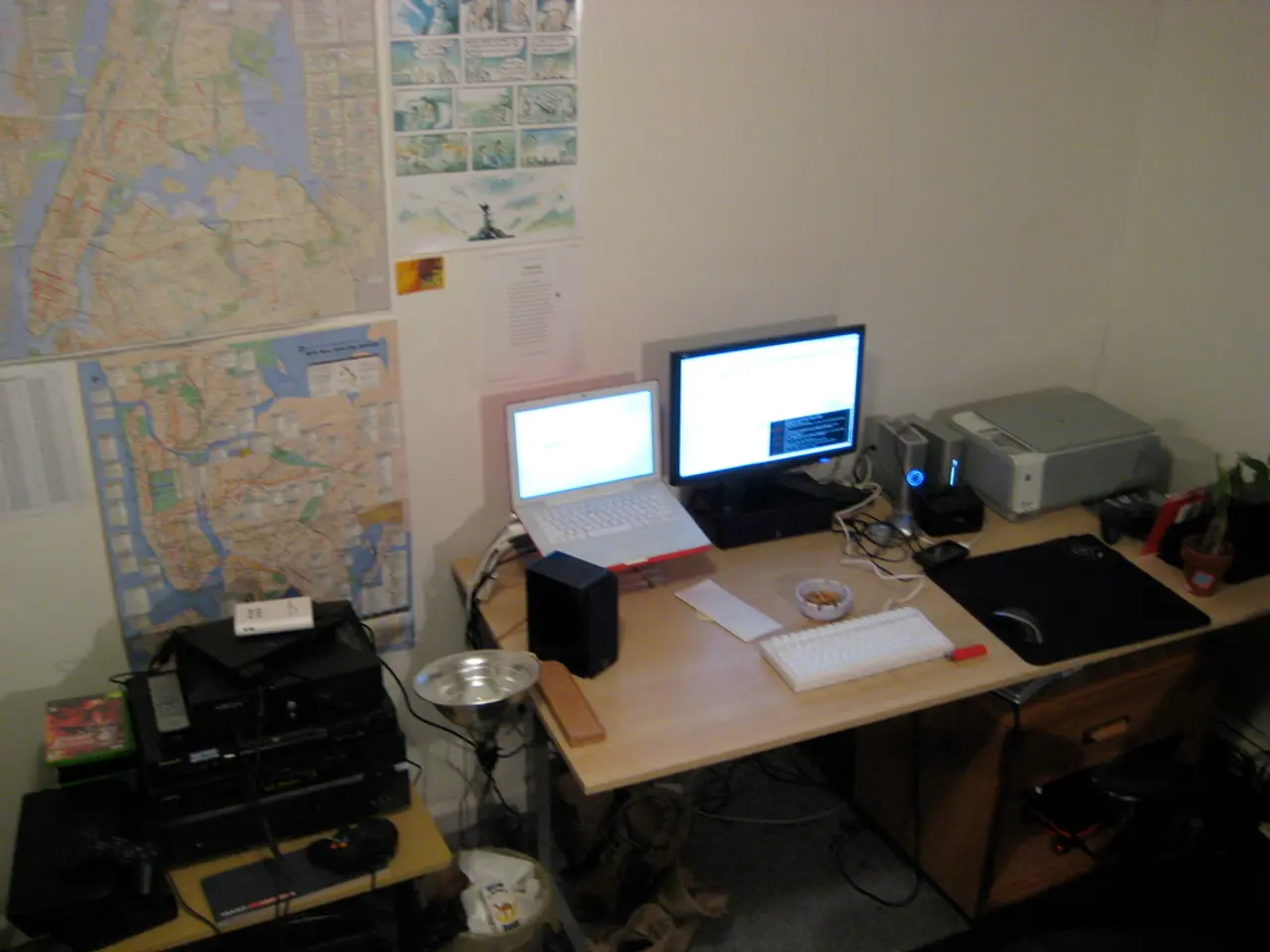Exploring AI Reliability throughout a Product's Lifespan
In the rapidly evolving tech industry, Artificial Intelligence (AI) is making a significant impact, reshaping the way products are designed, manufactured, and operated. This transformation, driven by generative AI, predictive analytics, automation, and human-AI collaboration, is fostering efficiency, quality, and agility.
AI in Design
Generative AI is revolutionizing product design, particularly in sectors like aerospace, by reducing iteration cycles by up to 45% and accelerating time-to-market. Large language models (LLMs) power generative tools embedded in products, enabling personalized content creation, interactive features, and intelligent automation. Predictive and prescriptive AI support proactive decision-making, moving businesses beyond reactive strategies.
AI in Manufacturing
AI is central to Industry 4.0 and smart factory initiatives. By 2025, 40% of factories are projected to adopt AI, with the market growing to $20.8 billion by 2028 at a CAGR of 45.6%. AI-driven robotics and collaborative robots (cobots) improve safety, flexibility, and efficiency, enabling seamless human-machine collaboration. Predictive maintenance, powered by AI, reduces unplanned downtime, and AI-based quality control reduces defects.
AI in Product Operation
AI automates compliance workflows, adapts dynamically to real-time conditions in supply chains, and enables supply chain intelligence. This improves logistics and responsiveness, shortening process times and enhancing reliability.
Implications for the Tech Job Landscape
The increased use of AI tools demands skills in AI, machine learning, data analytics, and domain-specific knowledge. Roles are shifting from manual to more analytical and strategic functions. Automation and AI tools reduce manual workloads, enabling engineers and designers to focus on higher-level innovation and problem-solving. Low-code/no-code AI platforms lower barriers for non-specialists, broadening participation but also requiring upskilling in AI tool usage.
While AI displaces some routine jobs, new roles in AI system development, maintenance, data governance, and human-AI interaction design are growing. The future of connected products is predicted to be IoT + AI + ML, requiring a tech workforce that combines AI literacy with traditional engineering and product skills.
This fundamental change enhances design creativity and speed, optimizes manufacturing precision and agility, and transforms product lifecycle management and operations. The series, AI Takeover Week, aims to understand the potential ramifications of AI in design, manufacturing, and operation of products. An eBook collecting articles on AI and product design is being compiled.
However, questions remain about whether AI can be trusted in circuit design and embedded systems, as well as in a product's lifecycle. The star senior software developer of the mentioned company refused to use AI, leading to his dismissal. As AI continues to permeate digital life, including consumer products and corporate operations, navigating these questions will be crucial for the tech industry's future.
- In the context of product design, large language models (LLMs) are being embedded in products, enabling the creation of personalized content, interactive features, and intelligent automation, demonstrating the integration of artificial-intelligence in embedded systems.
- As AI continues to permeate various sectors, questions about its reliability in trustworthy domains such as circuit design and embedded systems remain unanswered, raising concerns about its usage in the tech industry, particularly in areas like circuit design and product lifecycle.




